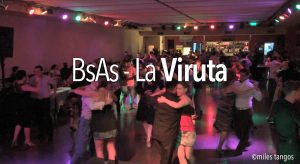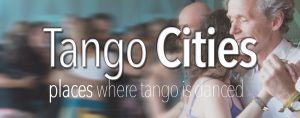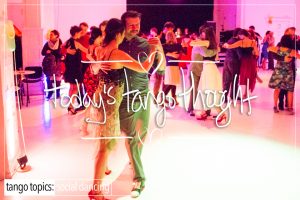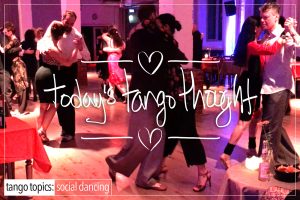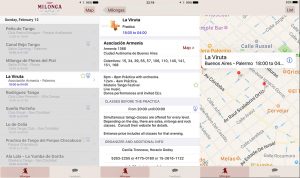A question that comes up for some leads, not all leads, but some Leads (big ‘L’) is why is it important that you spend a lot of time listening to Tango music, and more importantly to mark the music ?
Typically you’ll hear this question as “I have a life you know ? I have things to do. I can’t sit around all day long just listening to song after song after song for days, weeks, months, marking up every song in some crazy 8 count beat sort of way, and then try to memorize all that all so I can be ready to dance with someone! That’s CRAZY!!!! The way I’ve heard it there are 10 thousand pieces of Tango music, I mean I can listen to a few but 10 thousand ? Seriously ???!?!? C’mon! It’ll take me forever! And then there’s the whole bit about ‘tango is an improvisational dance’! I If I am supposed to be creating the dance, from the music, on the fly, improvising it, but at the same time I’ve heard it said that I have to know my music cold, then really isn’t that just planning the dance, aren’t I just choreographing my dance ???”
Let’s unpack that a bit…
Listen to the rest of this 17m:44s ‘podcast’ by clicking ‘play’ above. 😉 Enjoy.
Links Included In This Podcast:
Active Follower
Passive Follower
Neurology Of Leading – Part 1


